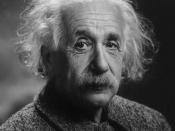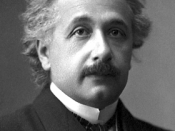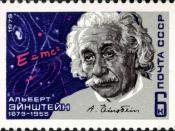For over 2000 years Buddhism has existed as an organized religion. By
religion we mean that it has a concept of the profane, the sacred, and approaches to
the sacred. It has been established in India, China, Japan and other eastern cultures
for almost 2000 years and has gained a strong foothold in North America and
Europe in the past few centuries. However, one might ask; what fate would
Buddhism face had Siddartha Guatama been born in modern times; or more
specifically in modern day North America? Would his new found enlightenment
be accepted now as it was thousands of years ago? Would it be shunned by society
as another "cult" movement? What conflicts or similarities would it find with
modern science; physics in particular? The answers to these questions are the aim
of this paper, as well as a deeper understanding of modern Buddhism.
Although I will stick with traditional ideas raised by Buddhism, one detail in
the story of Siddartha Guatama must be addressed in order for it to be relevant to
the main question being asked: What obstacles would Siddartha Guatama face had
he been born in modern day North America.
Primarily, it must be recognized that
rather than being born into the Hindu religion (which in itself is mystical),
Siddartha would have most likely been born into a Christian family. This in itself
presents the first obstacle, that being that Christianity is a strictly monotheistic and
non-mystical faith. Hence from the outset, although in the traditional story
Siddartha faced a conflict with his father (Ludwig 137), in the North American
scenario the conflict would have been heightened by the fact that his search for
enlightenment was not even closely similar to the Christian faith.
As with science, changes in religious thought are often met with...


